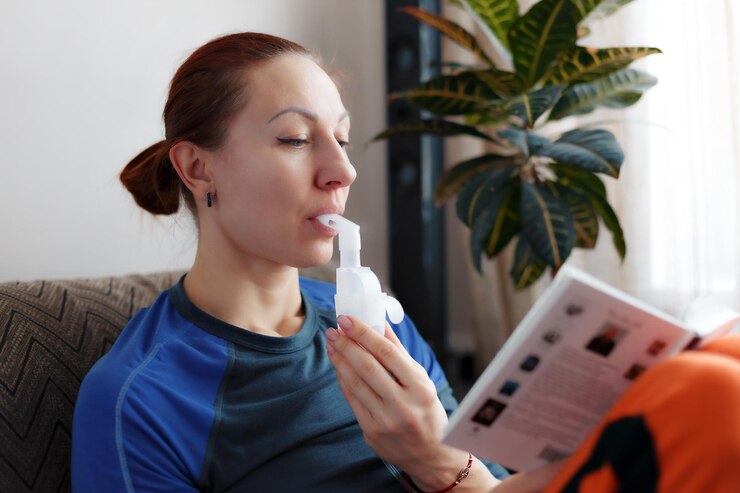Institution
Vicente Plaza, Servei de Pneumologia, Hospital de la Santa Creu i Sant Pau, C/Sant Antoni M. Claret 167, 08025 Barcelona, Spain
Institution Typology
Hospital
Country
Spain
Description
Intervention design - asthma educational programme based on a repeated short intervention (AEP-RSI).
The objective of the study was to assess the effectiveness of the AEP-RSI to improve asthma symptoms and to prevent asthma exacerbations (future risk), and, consequently, to improve health-related quality of life. The duration of the study was 12 months and all patients included were visited by their physician four times (one visit in every 3 months), when their asthma treatment was adjusted.
G1: asthma - educational programme based on a repeated short intervention (AEP-RSI). The education programme included the following three components: 1) provision of basic information on asthma, 2) provision of a short personalised asthma action plan, and 3) training to use the inhalers devices correctly and revision of the inhaler technique. The three components of the education programme were checked at each study visit. In relation to general information on asthma, a printed copy of the Spanish Asthma Guidelines (GEMA) for patients was given to each participant at the first visit.
G2: medical care without asthma educational programme, the “usual clinical practice”
G3: usual recommended programmes. In the first visit, the programme was fully explained, the patient’s concerns, beliefs and expectations were investigated, and a therapeutic goal to which the patient agreed was established. Information was provided on basic asthma concepts (chronic disease, need to take medication uninterruptedly, difference between inflammation and bronchoconstriction, and symptoms) taking into account the clinical characteristics, concerns and agreed objective for each patient. Placebo inhalers were used to teach the inhaler technique. In the second visit, adherence to treatment was commented on and the importance of compliance was emphasised; medication was also adjusted to the patient’s daily routine activities. Patients were taught about environmental measures, and a written action plan based on symptoms and peak flow measurement at home was provided. Patients were instructed on how to use the peak flow meter device. Patient’s knowledge and skills regarding the correct use of inhalers, environmental measures, monitoring of symptoms and written action plan were reinforced at each follow-up visit.
People involved.
Patients were consecutively enrolled from the outpatient clinics of the pulmonology and primary care centres involved in the study. Eligibility included men and women aged between 18 and 70 years, with mild-to-moderate persistent uncontrolled asthma. 230 adults with mild-to-moderate persistent uncontrolled asthma
G1: intervention group, n=114;
G2: usual clinical practice group, n=71;
G3: gold standard group, n=45
Identified barriers. Patients with severe comorbidities or those who had an asthma exacerbation episode that required treatment with oral corticosteroids within 30 days before enrolment were excluded from the study.
Transferability. Adult patients with with mild-to-moderate persistent uncontrolled asthma.
Disease
Asthma
Activity level
Medium
Activity Typology
Rehabilitation section-based activities, Home-based activities
Motivation Tools
Not available








